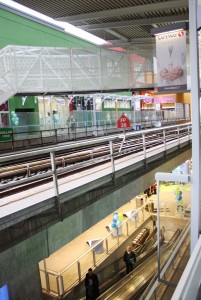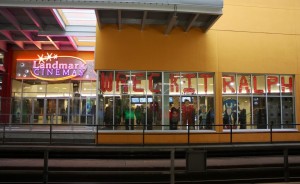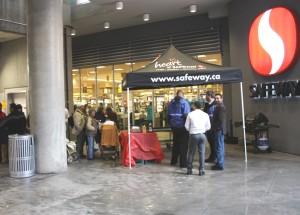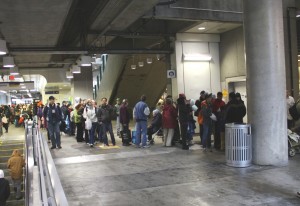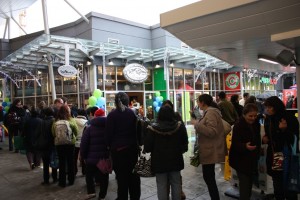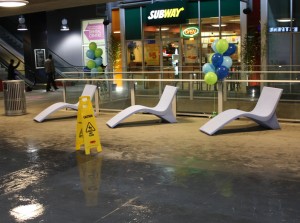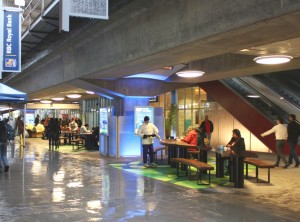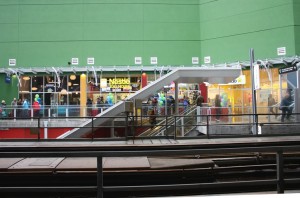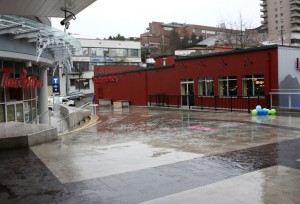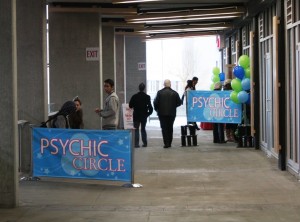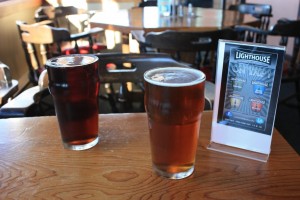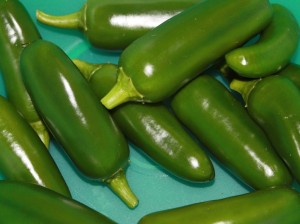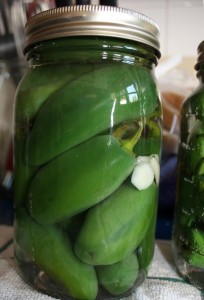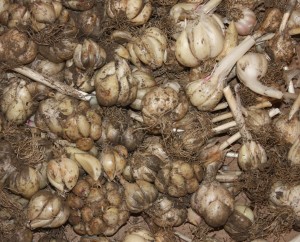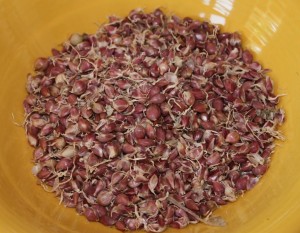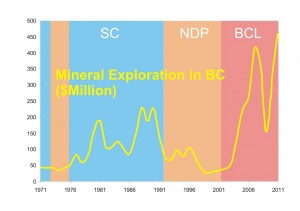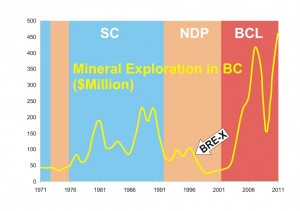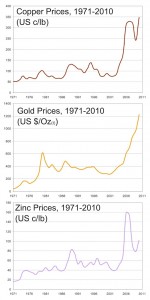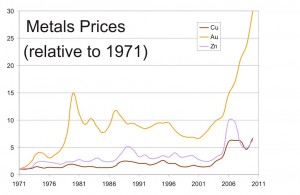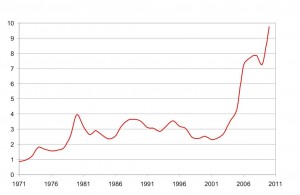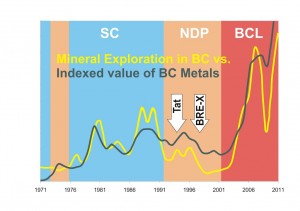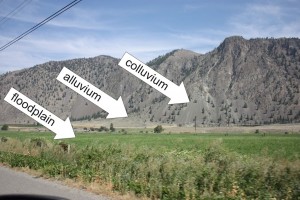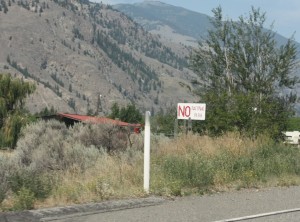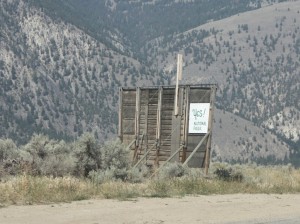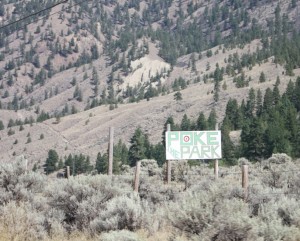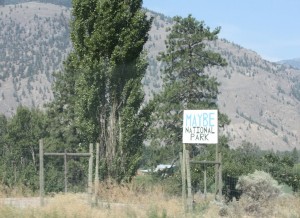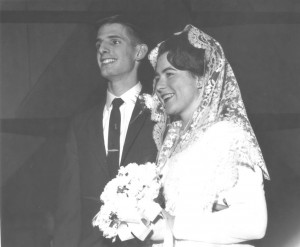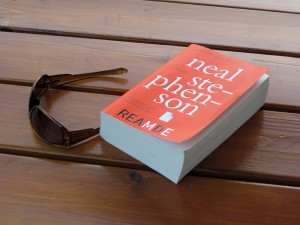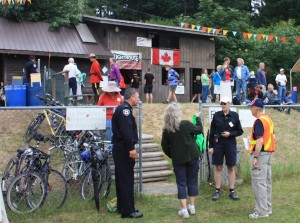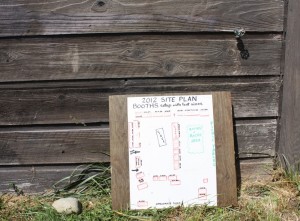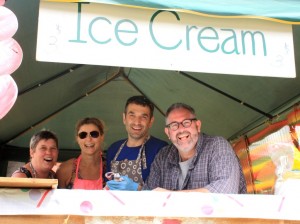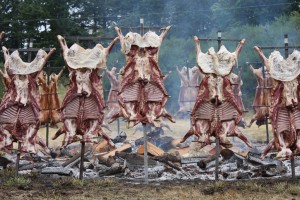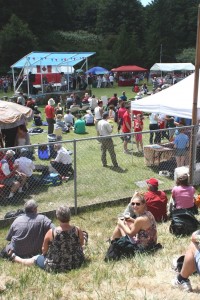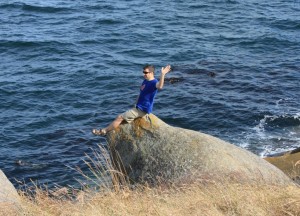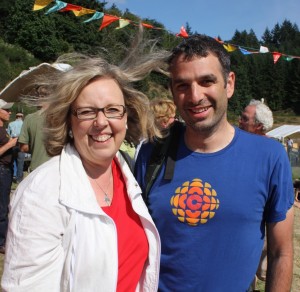It’s been seven months since I reviewed the then-just-opening Plaza88 Transit Mall. At the time I was excited about the prospect and what it means for the City, while being a little puzzled by a few of the choices made. Overall, my feeling was that the project is brilliant from an urban planning perspective, less than stunning in its execution.
I have since attended a movie on opening weekend (Avengers – remember that? Greatest Movie Ever? Yeah, I forgot too…), have shopped in a few of the stores, have whinged on-line about the use of sandwich board advertising throughout the pedestrian space, visited friends who live in the towers, boarded and de-boarded scores of Skytrains, and have lamented the loss of the 8th Street crosswalk that served the pedestrian public gallantly, but somehow raised spite in the heart of the City’s transportation staff. In short, I have had a pretty full Plaza88 experience.
This past weekend, however, was something new. The Grand Opening of what is now re-branded The Shops at New West Station took place on Saturday. With new owners who are presumably more used to running malls than the developer who built the buildings, I was looking forward to walking around the site with fresh eyes, and sampling some of the businesses.
I started off Friday night, by attending another movie: Skyfall. I can review in a relatively spoiler-free way by saying lots of shit got really blowed up in that movie. Jolly good blowed up, indeed. The good news is that it seems people have discovered the Landmark Cinemas. The theatres were full enough that there was a (short) line-up in the men’s room. Our theatre was better than 90% full (thanks on-line reserved seats!) which is a good sign. Much better than a few months ago, when I went to a movie and there were a dozen people in the building, and 5 of them walked in with me.
This time, I ran into a former co-worker who I had not seen in a few years, he says they come down from Burnaby to see movies here all the time: this is their new destination. It is easy to see why: the theatres are comfortable, seats are great, the screens are proportionally large to the room size, and they don’t feel the need to turn the volume up to 11, ticket prices are reasonable, the Popcorn has actual butter that came out of a cow. All good news.Even Ms.NWimby was pleasantly surprised by the experience.
Interesting that when we got out of the theatre, there was the unmistakable sound of construction – 9:30 on a Friday! It seemed they were burning the Midnight Oil getting some furniture and lighting fixtures finished for the Grand Opening, only 14 hours away. No minute like the last one!
Back in the morning for the Grand Opening, my first feeling was fear. Fear for these four guys and their impossibly small barbeque.
Because this was the line-up for barbequed foods they were going to manage. With that little barbeque. Good luck guys.
There were crowds all over the place, as there were some giveaways and some live music and some kids activities. Despite the cold weather and rain, there were many people about: and it felt like a really fun, active human space.
The hard work of Friday-night’s the midnight oil burners was apparent in some finishing of the overhead space and installation of sitting areas. This is, again, a simple but great improvement on the original aesthetic of the space. It was great to see people sitting in the outside space under the Skytrain rails. Although the Safeway/Starbucks Patio/Bunker was empty, there were lots of people on the new seating, although the weather was perhaps a barrier to lounging on the more whimsical furniture.
With more businesses coming in, there is now something to do on all three levels, and with the movie theatre now drawing them in, there is still potential to grow for some of the remaining available lease space.
Also promising is the new treatment on the “back side” of the venerable Old Spaghetti Factory restaurant that is adjacent to the transit plaza. It is great to see, again, future deck seating on the plaza, although the hard fencing (alas, probably required because of the liquor licence) again creates a barrier. Hopefully, when the Tim Hortons opens there will be outside seating as well, and this plaza entrance will be bustling – to both pull people into the Shops at New West Station and to pull people from the Shops to other businesses in New West.
Overall, my feelings about the Plaza88 The Shops at New West Station are a lot more positive than they were just after the complex opened. There are still a few growing-pains type issues (see the ubiquitous “slippery when wet” areas – shouldn’t outside pedestrian mall areas be higher-grip?), but it looks like the place is starting to develop its vision.
There are still some growing pains ahead, I don’t suspect every small business there now to survive, but several will no doubt prosper: and the mix of goods and services will change until the right mix is found. Surely, the opening of the Anvil Centre and attached office complex will help, as wound improved connections between the inside of The Shops and the other businesses on Columbia – the undeveloped Kyoto Block is the next piece in this puzzle. But who could possibly know what the future will bring there?
